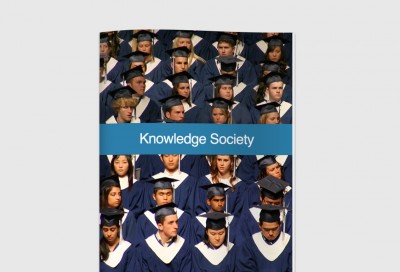With the rise of information technology and the ever-increasing complexity of our technology landscape, platforms have become the design paradigm of choice for today’s complex engineered systems. We first saw the power of the platform model in the development of the personal computer some twenty to thirty years ago as operating system providers built their technology as a platform for software developers to create applications on top.
But it was not until the past decade with the widespread advent of the internet that the platform model has truly come of age as virtually every internet company from the biggest search giants to the smallest little social media widgets has started to define their solution as a platform. With the internet of things what happens on the internet though doesn’t stay on the internet anymore. IT may be at the cutting edge of the platform revolution in technology but as information makes it way out into the physical world through the Internet of Things all physical technologies will be increasingly recognized as platforms becoming designed and operated as such. The smart grid will be a platform, the smart airport will be a platform, the smart city, car, and house will be platforms and even the smart door handle will be a platform.
We can cite a number of factors that have converged to give rise to this new technology architectural paradigm. Firstly information technology and the rise of the services economy means technology solutions can be built via a service-oriented architecture by connecting up services from different providers, as technology developers increasingly build products on top of other people’s platforms. Secondly complexity; to deal with this ever-increasing complexity of our technology landscape will require a move from the standalone solutions of today, into a world of systems of systems, where smaller technologies are nested within larger ones which in turn are nested within larger ones in a plug and play, flexible, modular, service-oriented architecture.
Thirdly user generated systems; increasingly end-users are becoming producers and to harness this new source of innovation means closed systems have to open up; creating APIs and platforms on which end-users can alter, adapt and innovate while being supported by the core technology. Equally, this more complex landscape of IoT requires companies to collaborate with other providers within larger networks, again requiring that they open up their core technologies for interoperability with others, with the platform model being an ideal candidate for this. Lastly, fast paced technology change and the demands of a new innovation-driven economy require constant product evolution and much shorter technology development cycles for which the platform model can prove well suited.
In this paper we dig into some of the essential features of the platform model to technology development, we look at their multi-tiered structure, the process of bundling, user generated systems, abstraction, and service orientated architecture.










